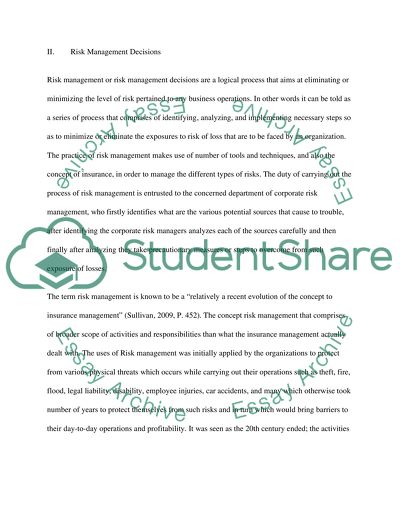Cite this document
(“Corporate Risk Management Essay Example | Topics and Well Written Essays - 2250 words”, n.d.)
Corporate Risk Management Essay Example | Topics and Well Written Essays - 2250 words. Retrieved from https://studentshare.org/miscellaneous/1528305-corporate-risk-management
Corporate Risk Management Essay Example | Topics and Well Written Essays - 2250 words. Retrieved from https://studentshare.org/miscellaneous/1528305-corporate-risk-management
(Corporate Risk Management Essay Example | Topics and Well Written Essays - 2250 Words)
Corporate Risk Management Essay Example | Topics and Well Written Essays - 2250 Words. https://studentshare.org/miscellaneous/1528305-corporate-risk-management.
Corporate Risk Management Essay Example | Topics and Well Written Essays - 2250 Words. https://studentshare.org/miscellaneous/1528305-corporate-risk-management.
“Corporate Risk Management Essay Example | Topics and Well Written Essays - 2250 Words”, n.d. https://studentshare.org/miscellaneous/1528305-corporate-risk-management.


